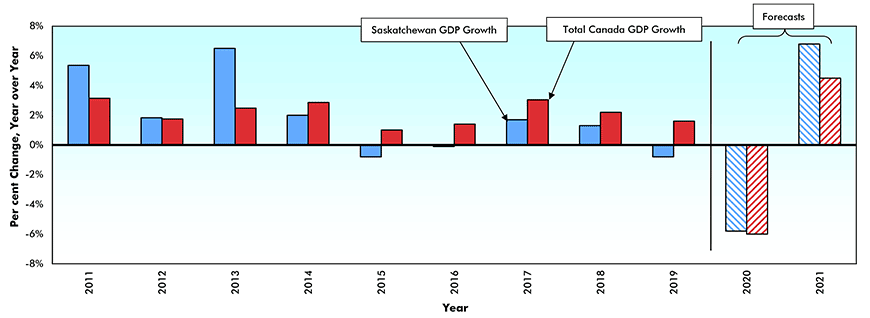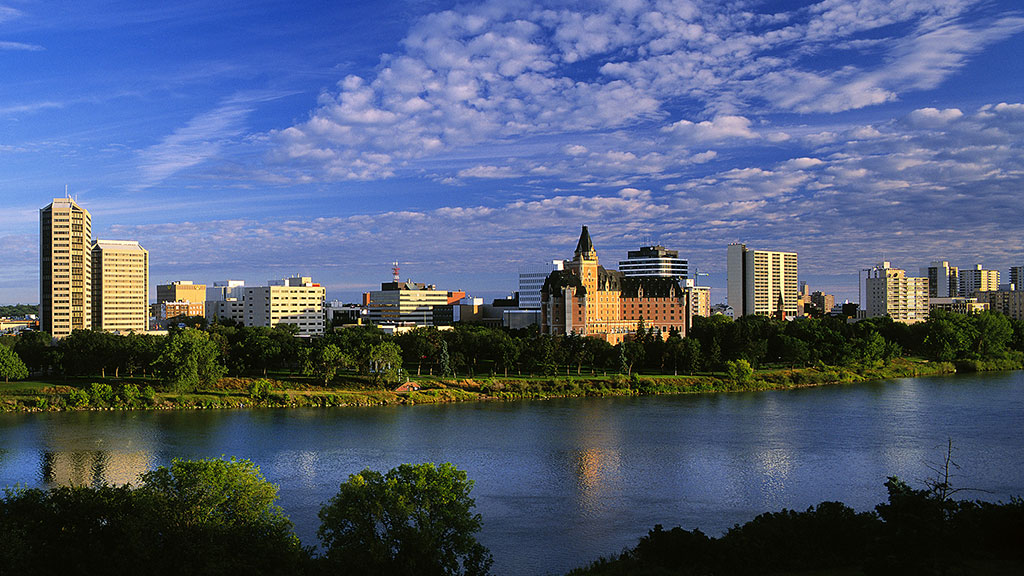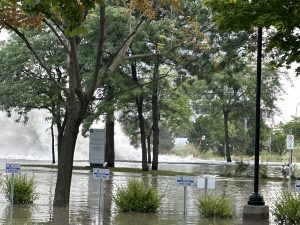Approaching the final quarter of a year most would like to forget, Saskatchewan’s economic prospects have been weighed down first by the impact of low oil prices on what was, until late 2019, the province’s highest-value export commodity and, more recently, by the impact of the COVID-19 virus.
Gradual pickup in global growth bodes well for Saskatchewan’s exports
Although the outlook for the world economy remains overshadowed by COVID-19, the improved outlook for oil prices suggests that petroleum exports will make a positive contribution to the province’s exports in the second half of this year and into 2021. Moreover, the somewhat brighter outlook for the global economy should help to underpin the province’s foreign sales of food/agricultural exports, which are up by 19% year to date.
Responding to the gradual downtrend in the incidence of COVID-19, the province started to implement a plan to re-open its economy on May 4 and moved to the final phase of this plan on July 16. Recently, COVID-19 case numbers have increased slightly, largely on account of a slight rise in the south and central regions of the province. However, despite this increase, the mortality rate from the virus at 1.3 per 100,000 population is the fifth lowest in the country. Also, a country-leading 76% of the province’s small businesses reported they were still open for business, according to a survey conducted by the Canadian Federation of Independent Business (CFIB).
Re-openings trigger wave of full- and part-time staff rehiring
The gradual re-opening of the Saskatchewan economy has triggered a strong rebound in both full- and part-time hiring. Not surprisingly, industries that were hit hardest by the coronavirus-driven lockdowns have exhibited the strongest rebounds. Over the past two months, retail and wholesale trade have rehired almost all (94%) of the 10,600 staff members they shed in March. Other significant job gains have occurred in health services (+4,700), transportation services (+3,900), manufacturing (+1,900) and construction (+1,700).
Despite lingering uncertainty about a second wave of COVID-19, there is ample evidence of strong pent-up demand for both consumer goods and existing homes, to be fuelled by a combination of the recent rebound in hiring plus extremely low-interest rates. The fact that retail sales jumped by 15% m/m in May indicates that a significant number of “unlocked” consumers headed back to the mall. Increased sales of motor vehicles accounted for almost a third of the total retail sales gain, followed by building materials that were up 20% y/y in the month.
Following a 47% m/m decline in April, the volume of existing-home sales jumped by 66% in May and by a further 49% in June. June sales were up by 50% y/y, while average house prices rose by 1.9% y/y, after a decline of -0.9% y/y in May. Fuelled by the very strong rebound in sales and the accompanying shrinkage of both the number-of-months supply of homes for sale and of the inventory of completed and unoccupied dwellings, housing starts rose by 25% m/m in June, led by strong gains in row and apartment units. For the whole year, we estimate starts in the province will total 2,600 units, followed by 3,700 in 2021.
With non-res building construction in Saskatchewan down 8% year to date (May), it is clear investment got off to a weak start in 2020. Moreover, a 32% year-to-date decline in non-residential building intentions casts a pall over the near-term capital spending outlook.
Looking ahead to 2021 the outlook for non-residential spending is brighter due to the recent announcement by the provincial government of a $3.1 billion capital investment plan. Specific projects which are likely to move forward later this year or in 2021 include the Saskatoon Freeway, the Moosejaw Natural Gas Plant and the Sask Energy Regina Pipeline Expansion.
Bottom line — expect a bumpy second half and a much better 2021
The rebounds in consumer spending, existing home sales and hiring in the wake of the phased re-opening of the economy have significantly brightened Saskatchewan’s growth prospects during the remainder of this year and well into 2021. However, the recent uptick in cases of COVID-19 across the country, as well as in the province, has tempered enthusiasm among small businesses, as reflected by the CFIB’s June Business Barometer which reported little change in full-time staffing plans in Saskatchewan over the next three months. Given the COVID-depressed first half and a lackluster second half, Saskatchewan’s economy will likely shrink by -5% to -7% this year and post growth of +6% to +8% in 2021.
John Clinkard has over 35 years’ experience as an economist in international, national and regional research and analysis with leading financial institutions and media outlets in Canada.
Real* Gross Domestic Product (GDP) Growth — Saskatchewan vs Canada

* “Real” is after adjustment for inflation.
Data Sources: Actuals — Statistics Canada; Forecasts — CanaData.
Chart: ConstructConnect — CanaData.











Recent Comments
comments for this post are closed